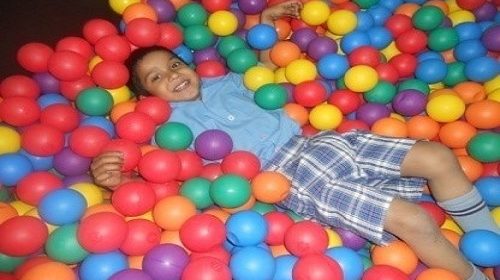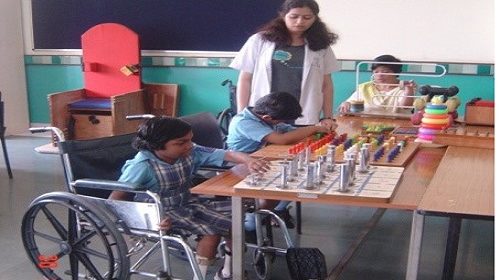Occupational Therapy

The primary objective of occupational therapy for special children is to enable them to move forward in their lives without any physical dependence on someone else. To help them lead an independent life, the occupational therapy improves their participation and performance in daily activities such as self-care, navigation, school and play, among others.
The therapists assess the home and work environments of every child individually and chalk out the adaptive measures that may be exercised by them. Also, we assist them with adaptive equipments, like wheelchairs, hearing aids, splints, crutches etc. and educate them about their usage. Our therapy also includes meeting their families on a regular basis, so that the family can modulate therapy and extend it to the home environment as well.
Sensory integration therapy
Many people with autism and other disabilities are also hypersensitive or under-sensitive to light, noise, and touch. Such sensory differences are sometimes called “sensory processing disorder” or “sensory processing dysfunction,”. Sensory disorders can be treated with sensory integration therapy, that is intended to help the patient regulate his or her sensory responses. The outcome of these activities may be better focus, improved behavior, and even lowered anxiety. Sensory integration approach typically takes place in a sensory-rich environment created specifically for an individual. Sensory-based therapies involve activities that are believed to stimulate the sensory system by providing vestibular, proprioceptive, auditory, and tactile inputs.









